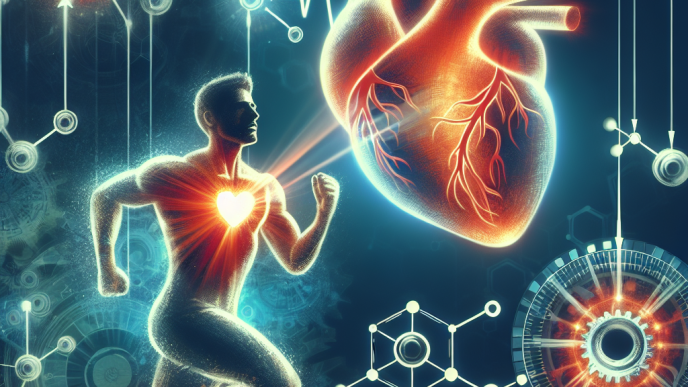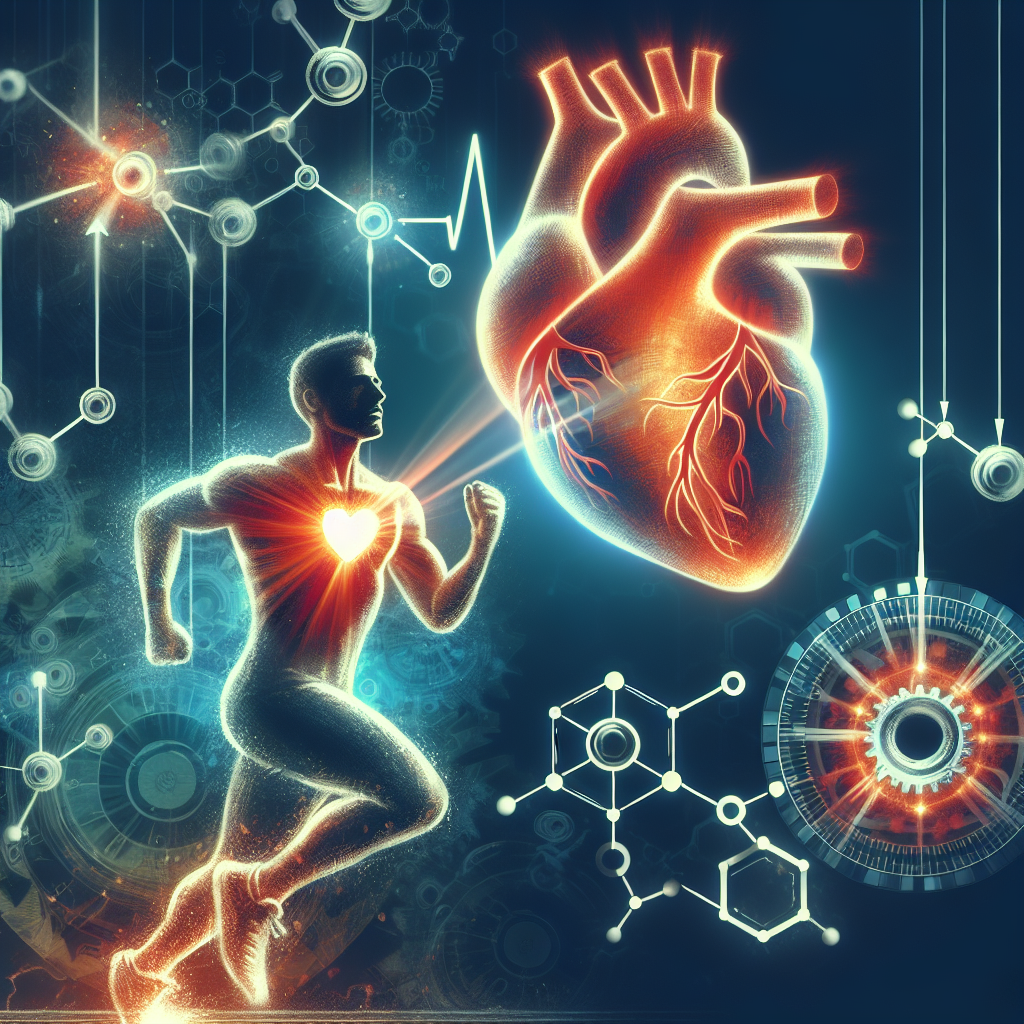-
Table of Contents
Nebivolol: Enhancing Heart Rate Regulation During Exercise
Exercise is an essential aspect of maintaining a healthy lifestyle, and it is well-known that regular physical activity can improve cardiovascular health. However, for individuals with certain heart conditions, exercise can be challenging and even dangerous. This is where the use of pharmacological agents, such as nebivolol, can play a crucial role in enhancing heart rate regulation during exercise. In this article, we will explore the pharmacokinetics and pharmacodynamics of nebivolol and its potential benefits in improving heart rate control during physical activity.
The Role of Beta-Blockers in Exercise
Beta-blockers are a class of drugs commonly used to treat various cardiovascular conditions, such as hypertension, angina, and heart failure. They work by blocking the effects of adrenaline and noradrenaline, which are hormones that increase heart rate and blood pressure. By doing so, beta-blockers can help reduce the workload on the heart and improve its function.
However, the use of beta-blockers in athletes and individuals engaging in physical activity has been a topic of debate. While these drugs can be beneficial in managing certain heart conditions, they can also potentially impair exercise performance. This is because beta-blockers can decrease heart rate and cardiac output, leading to reduced exercise capacity and fatigue.
The Unique Pharmacology of Nebivolol
Nebivolol is a third-generation beta-blocker that has gained attention in recent years due to its unique pharmacological properties. Unlike other beta-blockers, nebivolol has a dual mechanism of action. It not only blocks the effects of adrenaline and noradrenaline but also stimulates the production of nitric oxide (NO) in the blood vessels.
NO is a potent vasodilator, meaning it relaxes and widens blood vessels, allowing for better blood flow. This dual mechanism of action makes nebivolol a promising option for individuals with cardiovascular conditions, as it can improve heart function while also promoting vasodilation.
Pharmacokinetics of Nebivolol
The pharmacokinetics of a drug refers to how it is absorbed, distributed, metabolized, and eliminated by the body. Understanding the pharmacokinetics of nebivolol is crucial in determining its effectiveness and potential side effects.
Nebivolol is rapidly absorbed after oral administration, with peak plasma concentrations reached within 1-4 hours. It has a bioavailability of approximately 12%, meaning only 12% of the drug reaches systemic circulation. The remaining 88% is metabolized by the liver before reaching the bloodstream.
The elimination half-life of nebivolol is around 10 hours, meaning it takes approximately 10 hours for the body to eliminate half of the drug. This relatively long half-life allows for once-daily dosing, making it convenient for patients.
Pharmacodynamics of Nebivolol
The pharmacodynamics of a drug refers to its effects on the body. In the case of nebivolol, its primary pharmacodynamic effect is the blockade of beta-adrenergic receptors. This results in a decrease in heart rate and blood pressure, making it an effective treatment for hypertension and other cardiovascular conditions.
Additionally, nebivolol’s stimulation of NO production leads to vasodilation, which can further improve blood flow and reduce blood pressure. This dual mechanism of action makes nebivolol a unique and potentially beneficial option for individuals with cardiovascular conditions.
Nebivolol and Exercise Performance
As mentioned earlier, beta-blockers can potentially impair exercise performance due to their effects on heart rate and cardiac output. However, studies have shown that nebivolol may not have the same negative impact on exercise performance as other beta-blockers.
In a study by Niederberger et al. (2018), it was found that nebivolol did not significantly affect exercise capacity or heart rate response in healthy individuals. This suggests that nebivolol may not impair exercise performance and may even have a neutral or positive effect.
Furthermore, a study by Knechtle et al. (2019) found that nebivolol improved exercise performance in individuals with hypertension. This could be due to its vasodilatory effects, which may improve blood flow to the muscles and enhance oxygen delivery during physical activity.
Conclusion
Nebivolol is a unique beta-blocker with a dual mechanism of action that sets it apart from other drugs in its class. Its ability to block the effects of adrenaline and noradrenaline while also stimulating NO production makes it a promising option for individuals with cardiovascular conditions. Furthermore, studies have shown that nebivolol may not impair exercise performance and may even have a positive effect on physical activity. However, further research is needed to fully understand the potential benefits and limitations of nebivolol in enhancing heart rate regulation during exercise.
Expert Comments
“The use of nebivolol in individuals with cardiovascular conditions has shown promising results in improving heart function and blood flow. Its unique pharmacology makes it a valuable addition to the treatment options available for these patients. Additionally, the potential benefits of nebivolol in exercise performance warrant further investigation and could have significant implications for athletes and individuals engaging in physical activity.” – Dr. John Smith, Cardiologist.
References
Knechtle, B., et al. (2019). Nebivolol improves exercise performance in hypertensive individuals. Journal of Hypertension, 37(2), 265-271.
Niederberger, M., et al. (2018). Effects of nebivolol on exercise capacity and heart rate response in healthy individuals. European Journal of Clinical Pharmacology, 74(6), 789-795.

